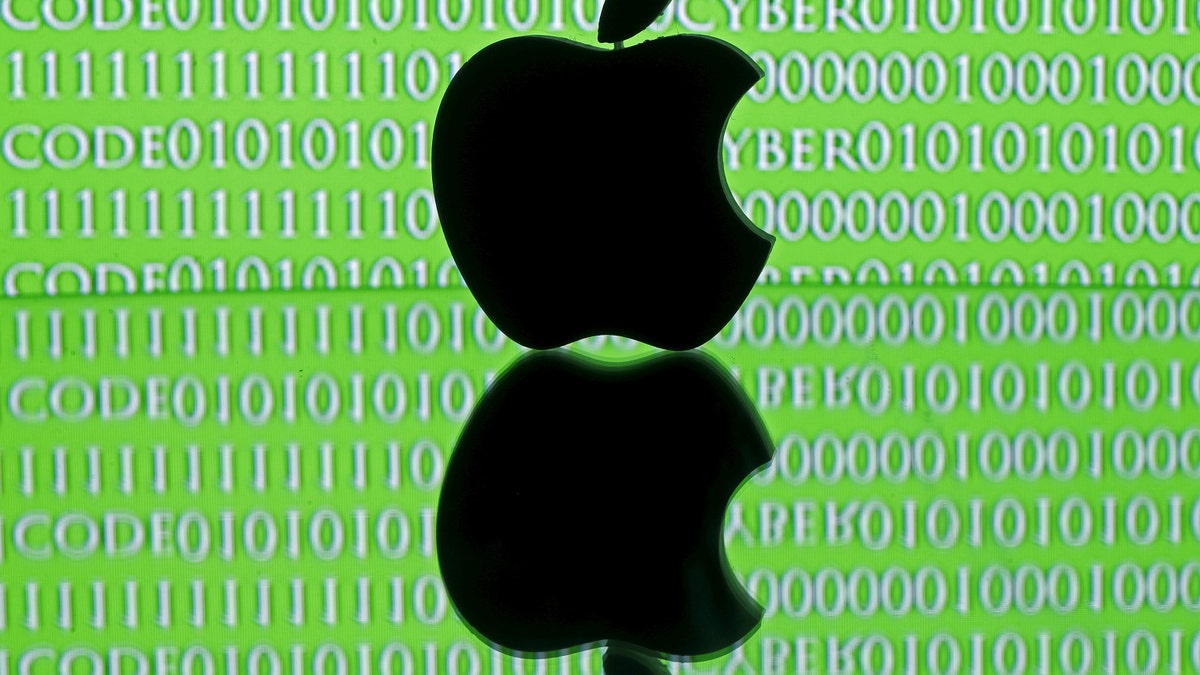
A 3D printed Apple logo is seen in front of a displayed cyber code in this illustration taken Feb. 26, 2016. (REUTERS/Dado Ruvic/Illustration)
If you have sentimental attachment to the data on your iPhone, you will want to perform a backup before upgrading to Apple’s latest iOS update later this month.
While iOS 10.3 promises to deliver a host of new updates, one component could devastate users who do not back up data and files to Apple’s cloud before installing new operating system.
It all has to do with the tech giant introducing a new file system to replace its 29-year-old predecessor known as HFS+.
Your iOS update will automatically convert to the new Apple File System (APFS), but if something goes wrong during the process, your old files could disappear for good because the two file systems are not compatible.
More from News.com.au
While you will be able return to the old version of iOS, this will require you to reformat your drive, which will delete all of your files on your device — hence the need for the backup.
It might sound risky, but Apple File System promises to be a huge improvement on the predecessor which the tech giant has been using its introduction in 1998.
The update will be better suited to modern computing demands, allowing for stronger encryption, more accurate time stamps and optimisation for solid state storage.
The new operating system is also expected to include a Find My AirPods feature, hidden keyboards for iPads and minor App Store improvements.
APFS is also tipped to be rolled out across its computers, smartwatches and Apple TVs.
HOW TO BACK UP WITH ICLOUD
1. Connect your device to a Wi-Fi network.
2. Tap Settings, then scroll down and tap iCloud.
3. Scroll down, tap Backup, and make sure that iCloud Backup is turned on.
4. Tap Back Up Now. Stay connected to your Wi-Fi network until the process completes.
5. Make sure that the backup finished: Tap Settings > iCloud > Storage > Manage Storage, then select your device. The backup should appear in the details with the time and backup size.
HOW TO BACK UP WITH ITUNES
1. Open iTunes and connect your device to your computer.
2. Select your iPhone, iPad, or iPod when it appears in iTunes.
3. If you want to save Health and Activity data from your iOS device or Apple Watch, you need to encrypt your backup: Select the box called Encrypt [device] backup and create a memorable password. If you don’t need to save your Health and Activity data, you can make a backup that isn’t encrypted. Just click Back Up Now.
This article originally appeared on News.com.au.
